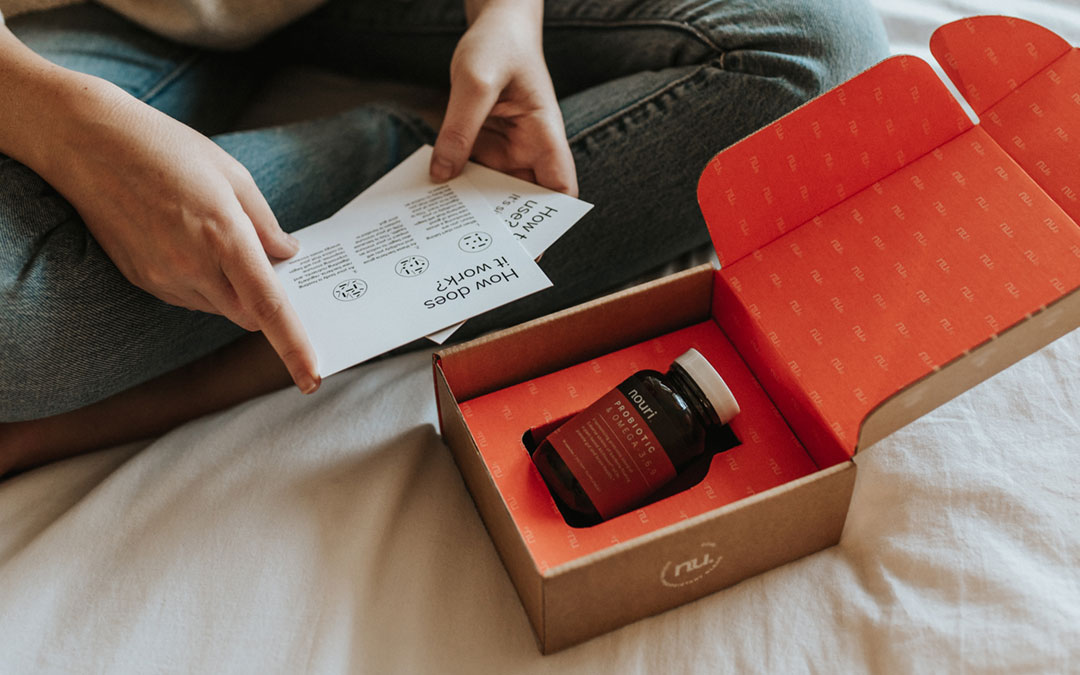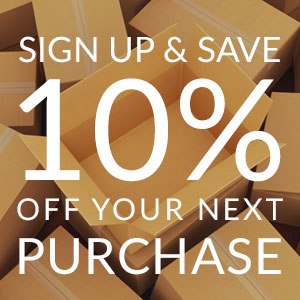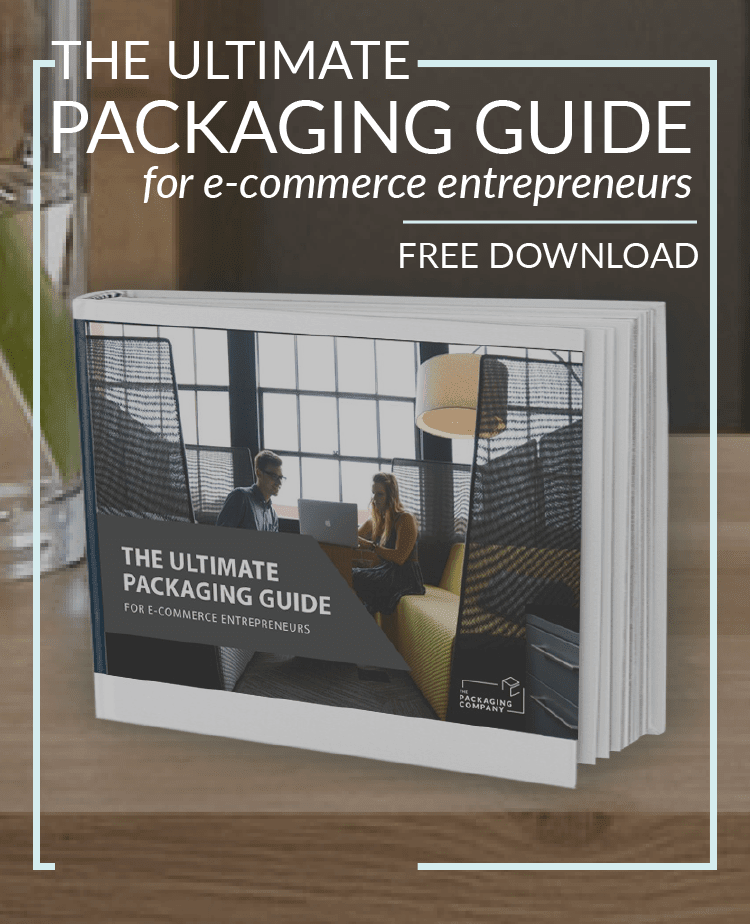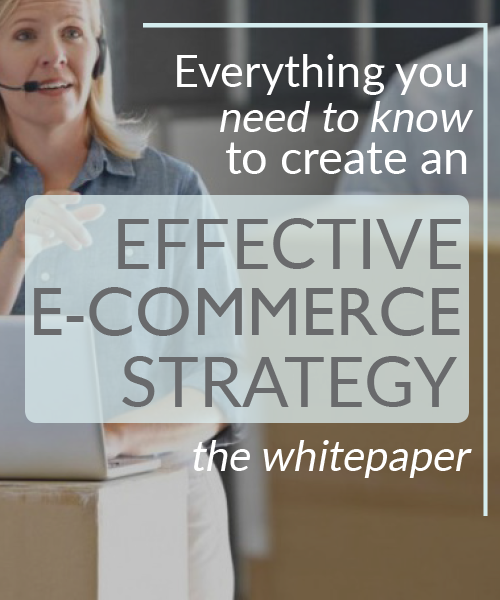You’ve probably come across a product so wastefully packaged that it disgusted you. How many times have you seen a box wrapped in plastic that contains more boxes wrapped in plastic inside?
Too many, right? So many that it may seem like getting rid of packaging is the solution. But, of course, in this world of e-commerce and online shopping, packaging remains a necessity. So instead, it becomes a solution of reduction, not elimination.
Making smarter packaging choices—whether through sizing or material choices—can help bring your packaging use to a more manageable, less wasteful level. But what about taking your branding and marketing needs into consideration as well. Can you use custom packaging while still reducing your packaging waste?
Absolutely, you can. Let’s look at how.
Properly sized custom boxes use less material
Using a stock box is never a bad idea, but it’s not always the best one.
Instead of finding the closest box size for your needs, a custom box can be properly sized to reflect the dimensions of the product its protecting. This benefits your packaging strategy in plenty of ways:
- Packaging waste is reduced thanks to a smaller box size.
- Manufacturing costs are lower thanks to better use of corrugated board space.
- Void fill can be minimized thanks to less empty space in the box.
- Damage is less likely internally thanks to your product being more secure during delivery.
- Dimensional shipping costs are less excessive thanks to a smaller box footprint.
Using custom packaging is a win for the planet and for you, too.
Shorter custom packaging runs use less material
One of the hallmarks of large packaging projects is overrun and underrun. It means that when manufacturing a lot of packaging (such as 50,000 boxes), a client can receive an order that’s either over- or under-supplied by as much as 10% (in this case, 5,000 boxes).
Shorter packaging runs (especially of the digitally printed kind) on the other hand, are far more accurate. Order 50 boxes and you’ll receive 50 (not 45). As they’re also run in one session (as opposed to larger orders which can be run in batches), there’s less wasted material during the ramping up and slowing down of production.
Plus, if you order thousands of boxes and don’t use them all before deciding to switch your packaging design, that’s a lot of time, money and materials that goes to waste. Once again, custom boxes are a win across the board.
Digital printing options use no plates
Printing plates are thin, flat sheets of metal—usually aluminum. When a design is printed onto packaging using traditional forms of printing (such as flexographic or lithographic), the design is separated into colours and each colour gets its own printing plate.
As a result, the more colourful a design is, the more plates it requires. This increases not only the costs, but the materials needed as well. Digital printing does things a little differently.
Without the need for plates, digital printing consumes less material and leaves less waste behind. This is a boon for everyone—the printer, the client and the environment.
And though custom boxes have been focused on quite heavily here, custom packaging of all kinds can be of benefit to your business and the environment.
Custom water activated tape is printed on paper and the inks are separated out during recycling. If you’re on a budget, custom labels let you brand your packaging without the money and materials cost of printed boxes—and using the right printing material, they can be just as recyclable as the box they’re on.
Our custom tissue paper is printed using soy-based inks on recyclable, responsibly-sourced paper. And even custom polyethylene mailers can be recycled once they’ve reached the end of their shipping life.
Custom packaging is not just an investment in your business. Chosen well and handled properly, it can reduce your packaging waste and improve your environmental footprint. Visit our Custom Shop to explore your custom packaging options and the free-to-use online design tools waiting for you.




